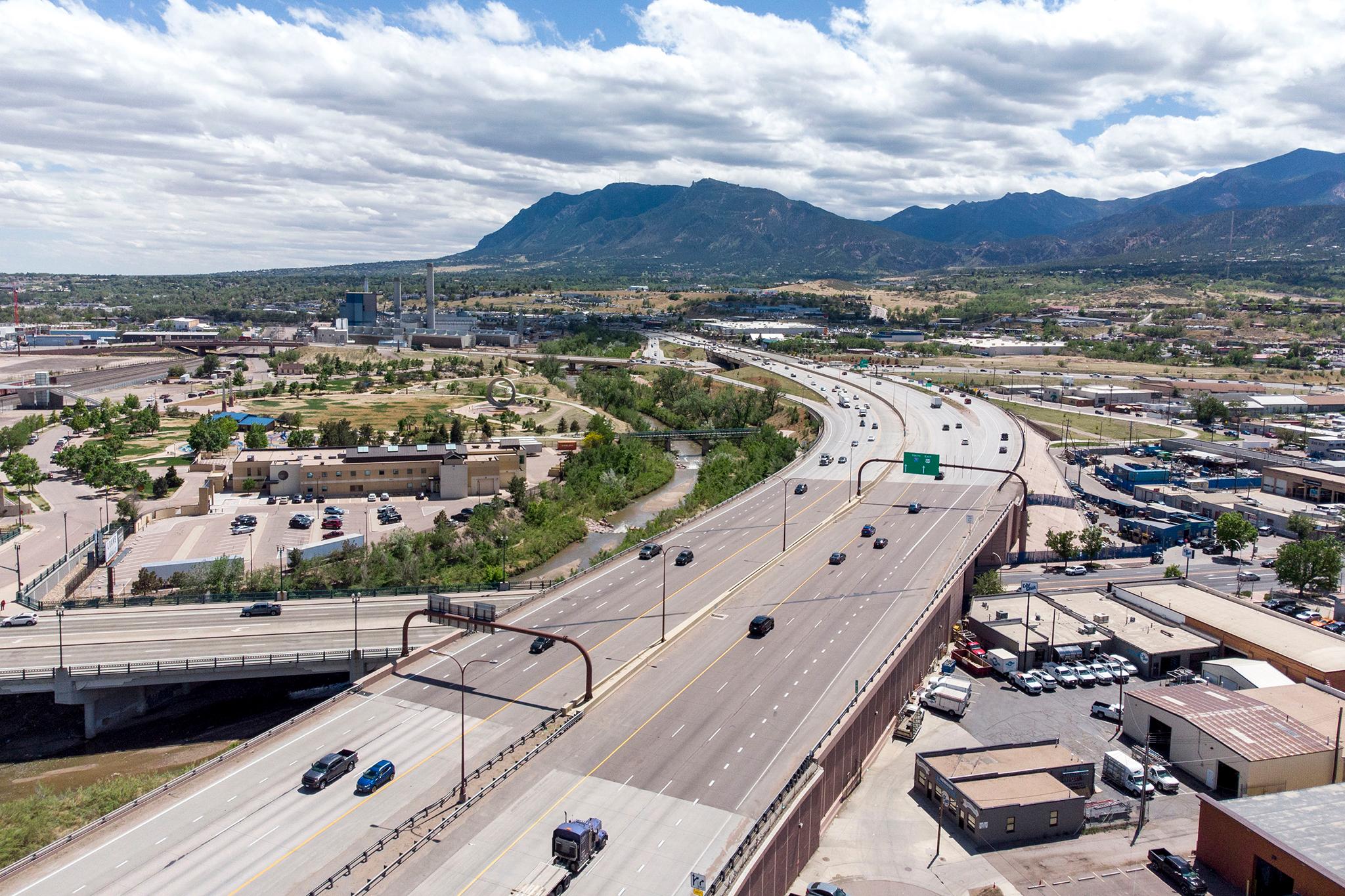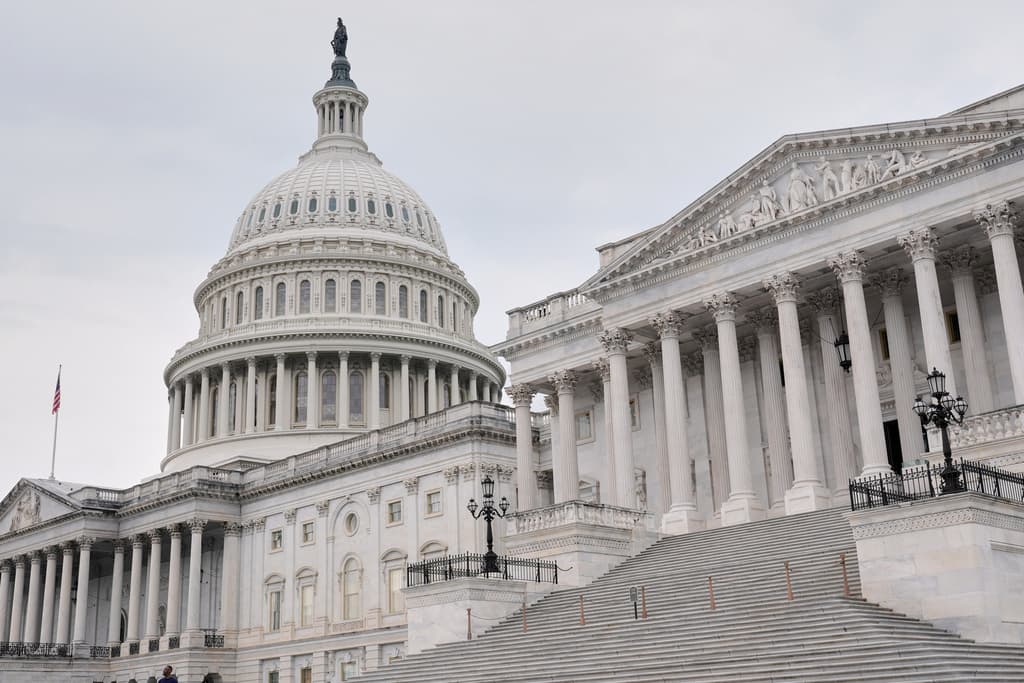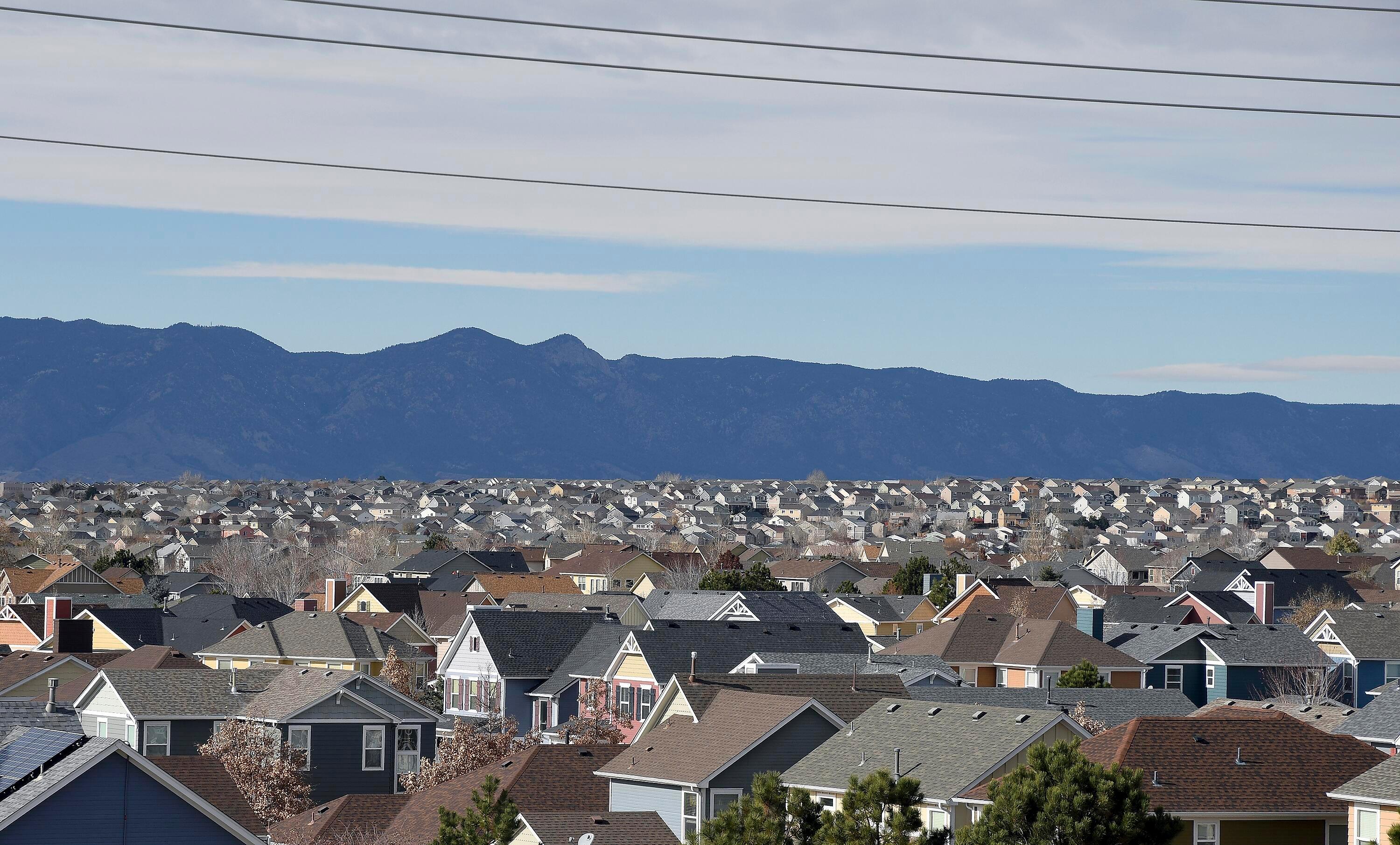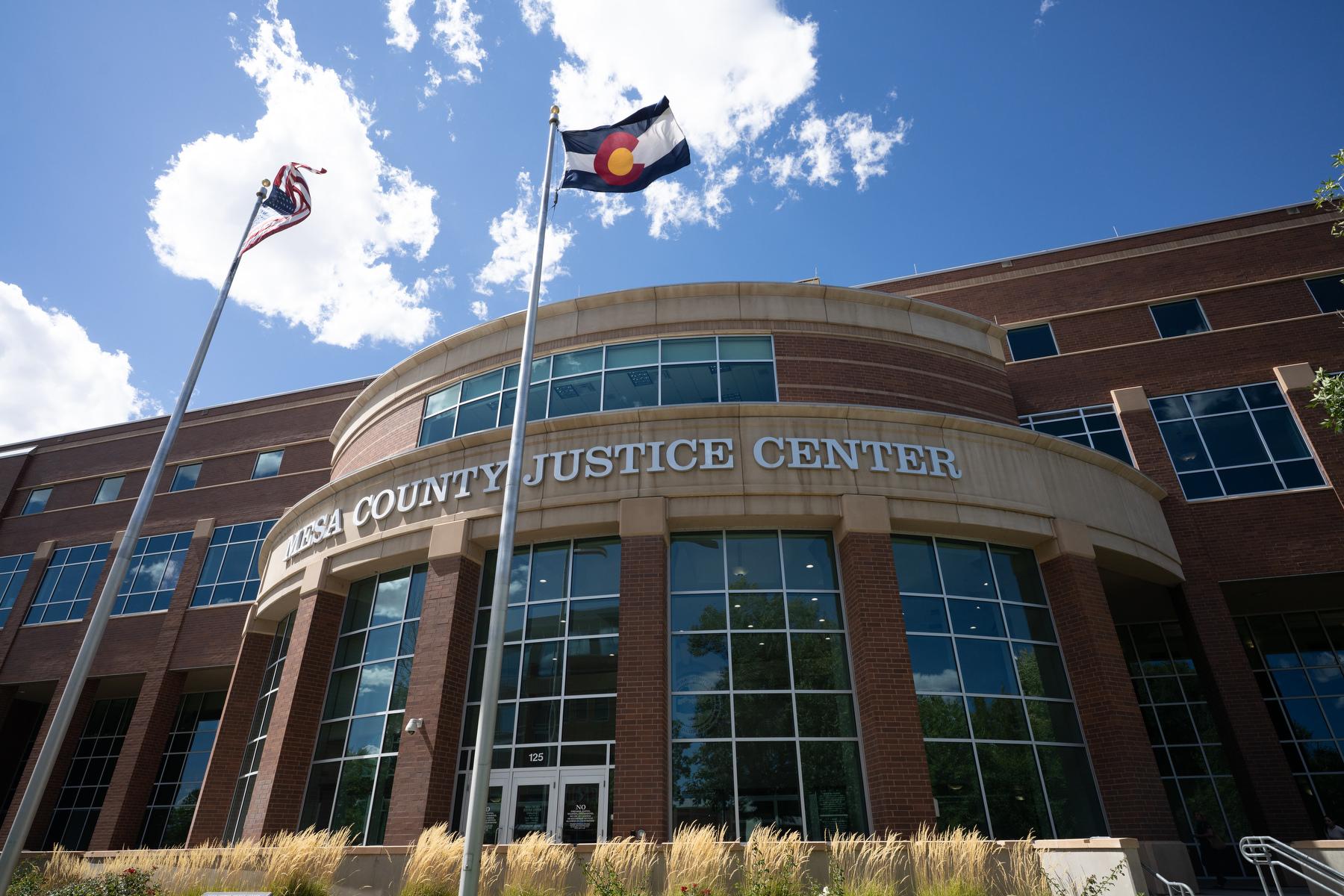
Updated on Tuesday, Feb. 28, 2023 at 6 p.m.
Colorado Springs City council gave its first approval to the city's new long term transportation plan on Tuesday, but not until after a controversial project was removed.
The citywide transportation plan known as ConnectCOS covers all modes of transportation and makes recommendations for the next 20 years. It included a proposed study that would look at extending Constitution Avenue to I-25 to improve traffic congestion on routes that go between the east and west sides of the city.
Dozens of residents spoke against the idea during the public hearing. Most of them live in the areas that would be most affected by a new multi-lane road.
After a sometimes contentious discussion, eventually council voted 7 to 2 to amend the plan to remove that study and instead look at making the area into a greenway. Councilors Mike O’Malley and Wayne Williams were opposed.
Ultimately the amended plan passed 8 to 1, with O’Malley, who represents a district on the east side of the city, voting no. The final vote is expected in mid-March.
Cars, buses, bikes — all are part of a major update to a two-decade-old transportation plan in Colorado Springs. It delves into how people currently get around the city and how to contend with the challenges that come with growth. City Council will consider approving the new plan known as ConnectCOS on Tuesday.
What the new plan does
Some people call transportation planning the lifeblood of a community, because it affects nearly every aspect of life, from getting to work to picking up groceries to going to the doctor. Anyone who spends time in Colorado Springs knows there are growing challenges to getting around.
The plan outlines strategies to meet the city’s transportation needs into the future and it aligns with the city's comprehensive master plan. Consultants reviewed roads and motorized traffic and looked at transit, like buses, along with bicycles and walking. They took travel that connects outside the city into account too, things like the airport, interstate and the proposed Front Range Rail.
The plan suggests around 160 potential projects, ranging from constructing and improving roads to building bike trails and transit facilities.
City Public Works Director Travis Easton described it as a high-level plan. “It's not prescriptive," he said. “It doesn't have any specific timelines or schedules for anything in there. There may be things in there that we don't end up doing over that time period. There may be things in there that we end up adding.”
Some of the findings in the plan
It identifies areas that have significant traffic issues and recommends dozens of projects targeting these hotspots. These are major areas that need addressing, like parts of Uintah and Fillmore, both of which run east-west, as well as north-south routes like Academy.
The city also needs to address transportation issues created by rapid growth in the north and east parts of the city. For example, dealing with increased traffic and safety on Interquest Parkway between I-25 and Powers.
Another project would look at improving safety on North Nevada from downtown to UCCS, by getting drivers to slow down and creating better crossings for pedestrians and bikes.
Overall, planners say better connections for all kinds of transportation are needed throughout the city. Increasing public transit service to the southeast is on the list too.
A controversial Constitution Avenue feasibility study
As part of addressing east-to-west travel, the plan suggests studying the possibility of extending Constitution Avenue to connect to I-25. This is controversial and it got pulled off last year’s ultimately approved PPRTA project list, the voter-approved funding for regional transportation. But now it's back in this new plan and some folks are pretty upset about it. A citizens' advisory board has suggested that if this extension is considered that it only be for mass transit and bikes and not cars.
But the plan suggests it as part of a feasibility study using the old Rock Island Railroad right-of-way that belongs to the city. The concept was studied back in 2001, but was left unresolved.
The proposed route runs through established neighborhoods and residents are worried about potential noise, pollution, traffic and more.
“The reason (the conversation about extending Constitution has) been going on for decades, “ Easton said, “is because there’s really no objective documentation on whether it makes sense or not.”
Some city councilors said they didn’t see the point of a feasibility study that didn’t consider everything, including automobile traffic. But a few others said they’d remove the Constitution study from the project list. As for city staff, they said it's just a study and doesn’t mean the work will ever happen. They said if some form of the extension was eventually approved, any work on the ground could take decades to get started.
Making it better to walk or bike around the city
In recent years, the city has been pretty big on promoting bicycles as an alternative to cars. They brought in the e-bikes and made some new bicycle lanes. The new plan proposes dozens of sidewalk, trail, and bike projects. Some of the issues the city really wants to look at are reducing places where bike routes share lanes with vehicles and making sure there are sidewalks where they are needed.
Mountain Metro needs work
Although Mountain Metro carries millions of passengers a year, there are complaints, and the manager’s position has gone unfilled for months. According to the research, it takes on average two times longer to make a trip by transit than it does by car.
Some of the recommendations include more focus on serving corridors people use to get to work, school, recreation and businesses along with hubs to connect to other things, like regional transit. Enhanced transit is also discussed in the plan, which means providing faster, more frequent service.
Related coverage
- Constitution Avenue extension in Colorado Springs won’t be among projects considered in PPRTA vote in November
- Colorado Springs is updating its transportation plan to cover the next 20 years
- After decades of study, Colorado Springs may finally get a new downtown transit center









